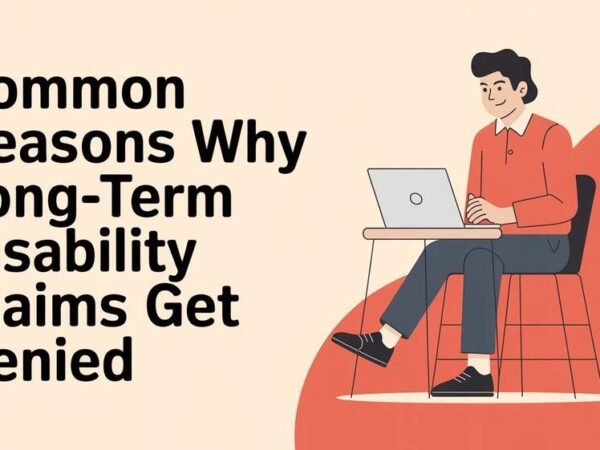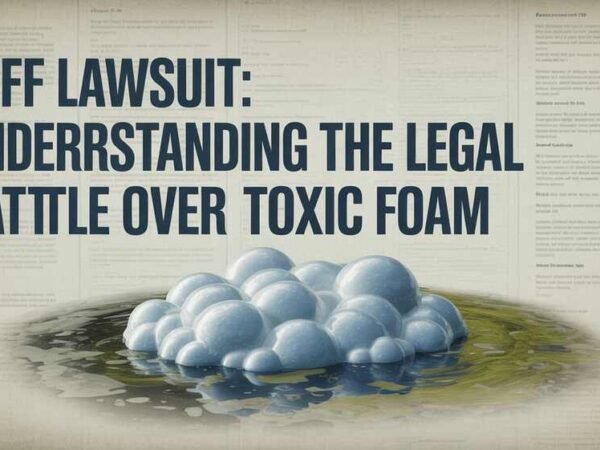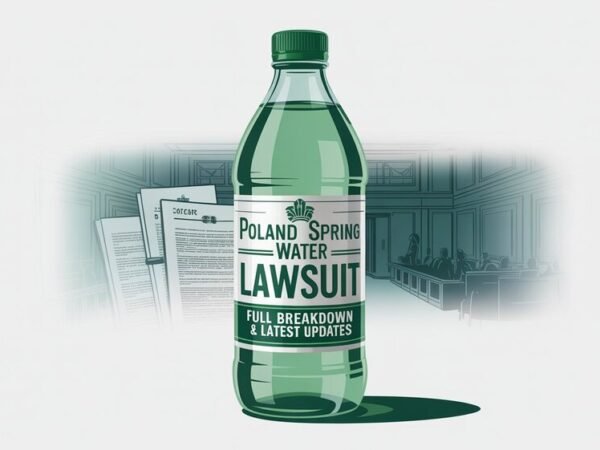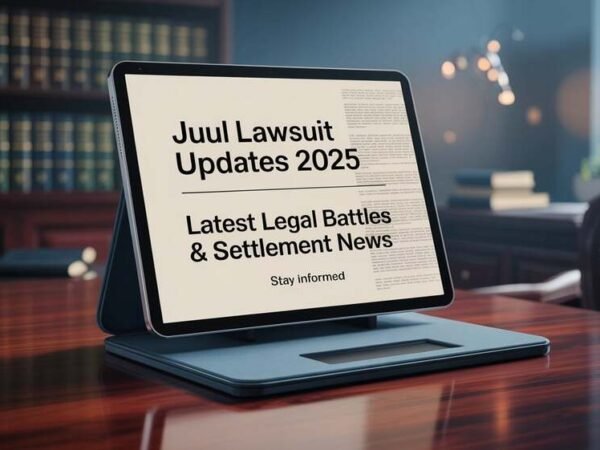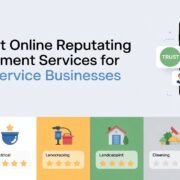From poorly maintained intersections to common slip hazards in local establishments, some injury risks are location-specific. A personal injury attorney near me is often more familiar with these recurring issues, which can help in identifying liability and negligence. That awareness leads to more precise and compelling claims.
Understanding Neighborhood Accidents: Why Local Insight Matters
The Unique Nature of Local Hazards
Each neighborhood possesses its own unique set of characteristics, which significantly contribute to the distinct nature of local hazards and accidents. Factors such as geographical makeup, urban planning, and regional infrastructure play crucial roles in determining the type and frequency of incidents.
For example, a neighborhood with narrow, winding roads may experience a higher incidence of traffic-related accidents compared to areas with broader streets. Similarly, communities near water bodies might face higher risks of flooding or water-related mishaps. Recognizing these distinctive attributes is vital in crafting effective safety measures and preventive strategies.
The Importance of Community Engagement
Residents are often the best source of information when it comes to identifying and understanding these unique hazards. Their daily experiences offer invaluable insights that are not readily available through external assessments. By fostering community engagement, local authorities and policymakers can tap into this reservoir of knowledge to predict potential risks and devise targeted solutions.
Engaging with community members through town hall meetings, surveys, and participatory forums not only enhances safety measures but also empowers residents, giving them a voice in shaping their environment.
Benefits of Tailored Safety Strategies
Leveraging local insights enables the development of safety strategies that are specifically tailored to meet the unique needs of a community. Rather than employing a generic, one-size-fits-all approach, customized solutions can be implemented to address the particular hazards identified within a neighborhood.
This specificity ensures that resources are allocated efficiently and effectively, ultimately enhancing the community’s overall safety and resilience. Moreover, it fosters a sense of trust and collaboration between residents and authorities, as tailored strategies reflect an understanding and consideration of local concerns and needs.
Identifying Community-Specific Hazards
Understanding Localized Risks
In identifying hazards unique to a community, it is vital to recognize that each neighborhood possesses its distinct characteristics, from geographical features to socio-economic factors, which can significantly influence the types of accidents that occur. The topography of an area, for instance, may lead to flooding risks in low-lying regions or landslide threats in hilly neighborhoods.
Demographic composition, such as the age and mobility of residents, can also be instrumental in shaping the nature of prevalent accidents, as communities with a higher elderly population might experience more slip-and-fall incidents.
The Role of Community Engagement
Community engagement plays a crucial role in identifying and mitigating specific hazards. Residents, being intimately acquainted with their surroundings, can provide invaluable insights into potential dangers that might escape the notice of outsiders.
Establishing community forums or hosting regular meetings encourages residents to voice concerns about traffic patterns, poorly lit areas, or unsafe crossings. These gatherings serve as platforms for exchange, allowing for the accumulation of local knowledge that can inform better safety measures and policy decisions.
Leveraging Technology and Data
The advancement of technology provides new avenues for identifying and addressing community-specific hazards effectively. Tools such as Geographic Information Systems (GIS) facilitate the mapping of accident hotspots, while social media platforms can serve as real-time reporting channels for hazards.
Moreover, analyzing data from local emergency services can uncover patterns, thereby spotlighting recurring issues that require attention. By integrating these technologies with local input, communities can develop comprehensive safety strategies tailored to their unique needs, ultimately reducing accidents and enhancing the overall quality of life.
The Role of Local Expertise in Preventing Accidents
Understanding Community Nuances
Local expertise plays a pivotal role in accident prevention by offering insights into the unique characteristics of a neighborhood. Each community has its own set of challenges, hazards, and cultural norms that can influence safety. For instance, an area with a high volume of cyclists might require different traffic controls compared to a neighborhood where pedestrians are the predominant road users.
Understanding these nuances enables the implementation of tailored safety measures that address the specific risks prevalent in a community. By engaging with local experts who are familiar with the area’s intricacies, preventive strategies can be more effectively designed to reduce accidents and enhance overall safety.
Building Strong Local Partnerships
Building strong partnerships with local stakeholders is essential for effective accident prevention. Engaging with local government agencies, law enforcement, and emergency services can facilitate the exchange of crucial safety information and resources.
By establishing open communication channels and fostering trust, communities can develop and implement proactive strategies that are tailored to their specific needs. These partnerships also ensure that safety campaigns and educational programs are culturally and contextually relevant, further enhancing their impact.
Final Thoughts
By recognizing the unique hazards within your community, you gain an invaluable perspective that can transform potential threats into opportunities for prevention and safety. Engaging with local insights and consulting a personal injury attorney near me not only enhances your awareness but also contributes to a proactive culture of vigilance and preparedness.
Do Read: Walgreens Class Action Lawsuit: 2025 Claims & Payout Guide





